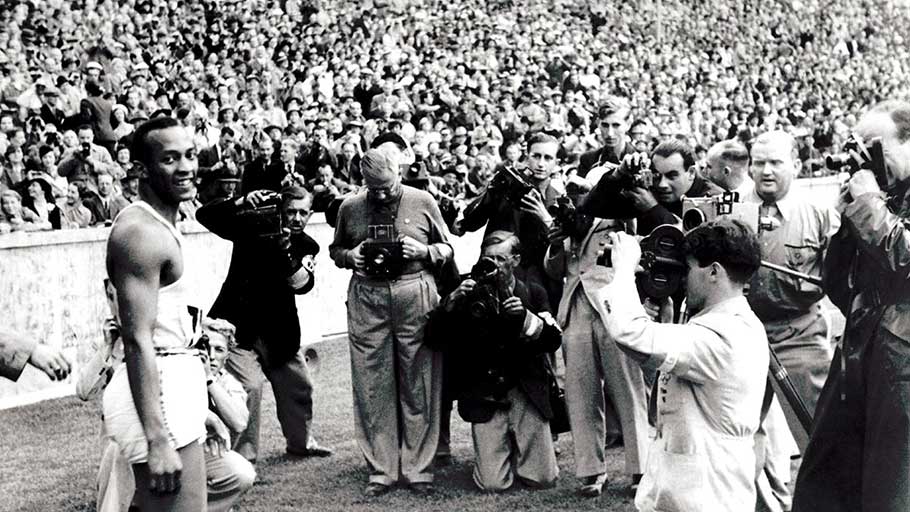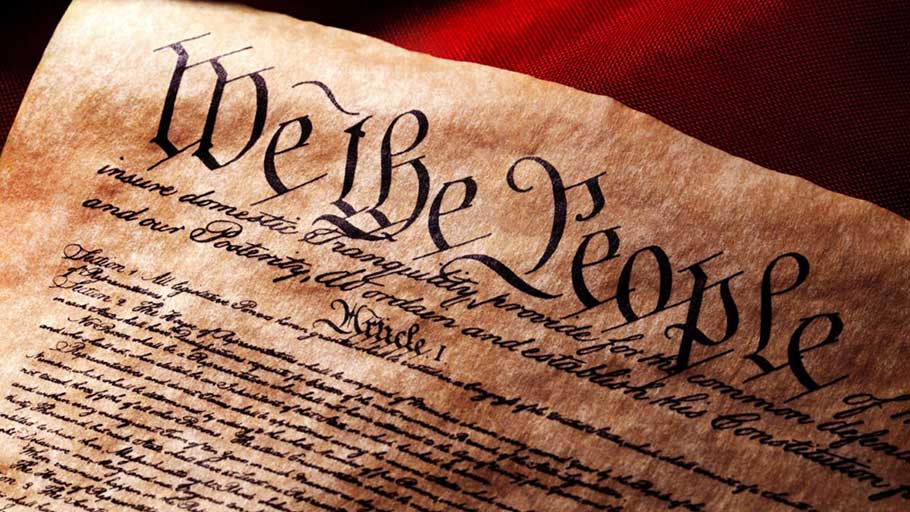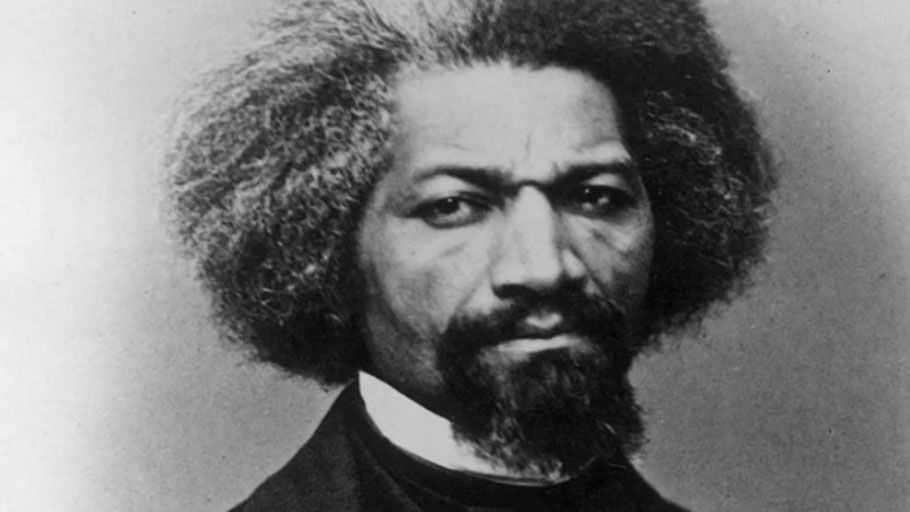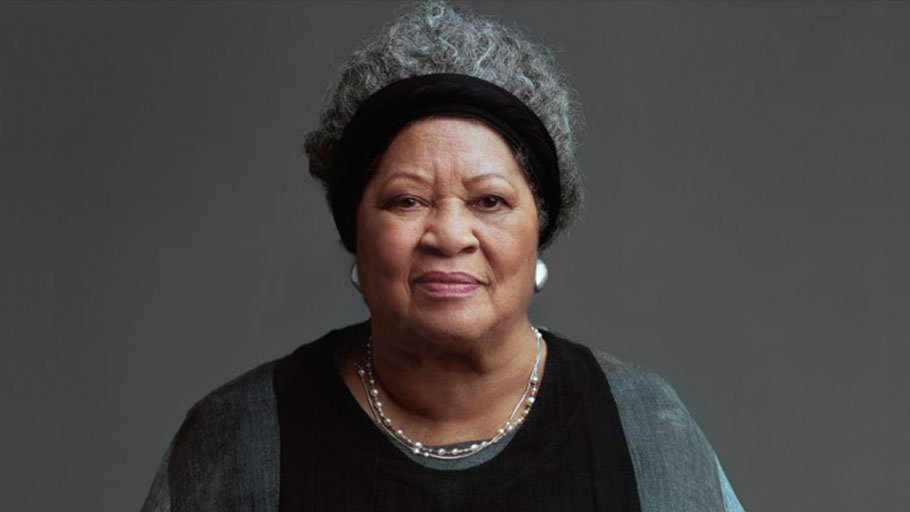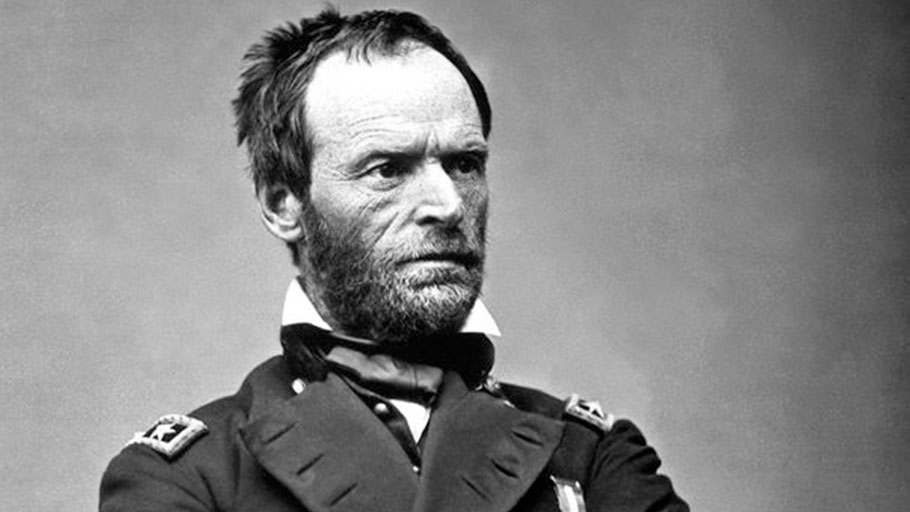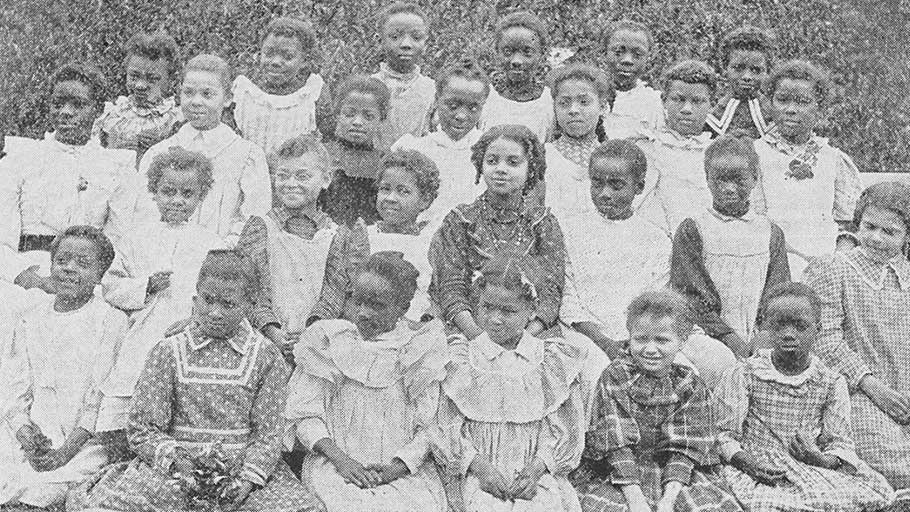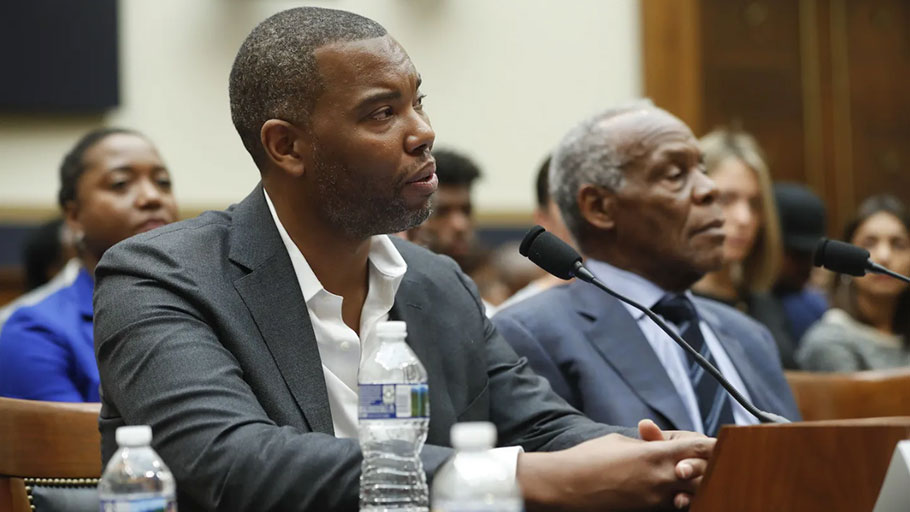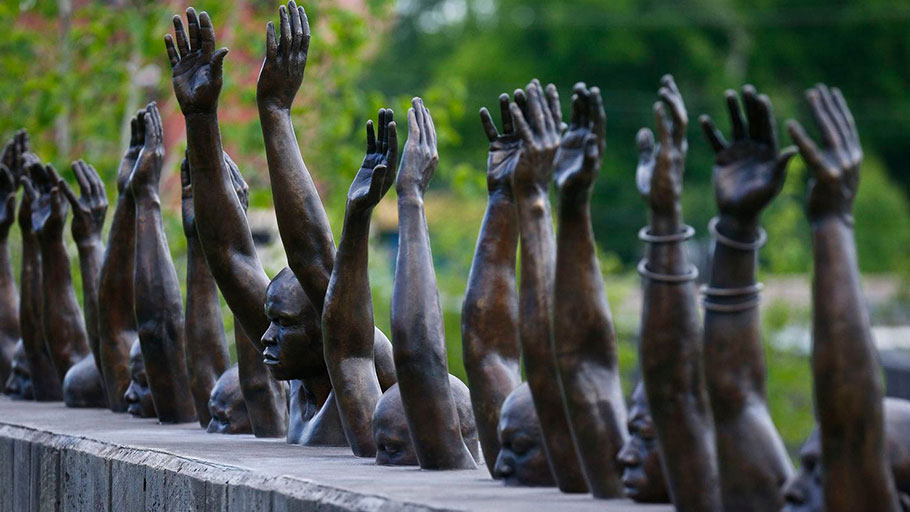
By Michael Gerson, The Washington Post — The national debate on race — which the president has made more angry and urgent with his racial demagoguery — is hindered by imprecise language. Most whites do not feel personally guilty for the United States’ long history of imposed white supremacy. A white man who has lost his job at the coal mine, or the daughter of a recent Ukrainian immigrant, probably…

